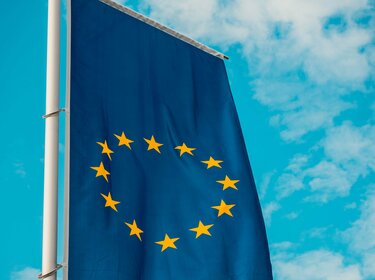Digitalisation is one of several economic trends driving a large-scale technological transformation, creating new markets and radically disrupting entire industries. Products and installations such as toys, household appliances, medical devices or lifts are increasingly equipped with sensors and are digitally connective. The so-called Internet of Things (IoT) is thus rapidly spreading into all areas of business and everyday life. However, technological progress also increases technological vulnerability, as cyber-attacks have shown time and time again. The information security of products and installations is thus becoming more and more important.
The European legislator is obliged to ensure a high level of consumer protection for IoT products. However, the current regulatory framework for product safety falls short with regard to information security. Several steps are required to ensure the safety of IoT products: a fundamental expansion of the concept of product safety, an analysis of the potential vulnerabilities of IoT products as well as the extension of existing conformity assessment systems.
Our Positions:
- Expand product safety to include information security
- Assess the potential exposure of IoT products on a risk assessment basis
- Provide access to IoT product interfaces and software


